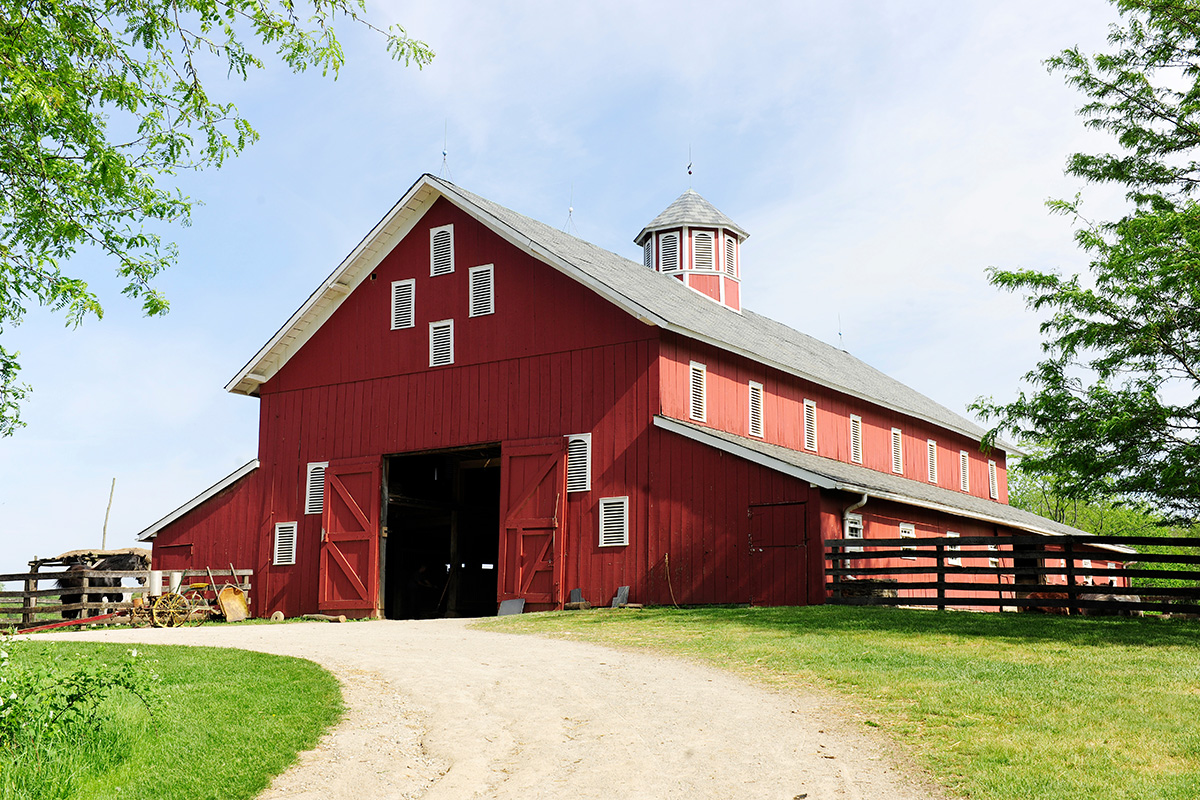Barn owls, Tyto alba, are enigmatic creatures of the night. Their ghostly visage and silent flight have captivated observers for centuries. This nocturnal raptor, found on every continent except Antarctica, possesses a suite of extraordinary adaptations that allow it to thrive in diverse environments. The secrets to their silent flight, unparalleled hearing, and specialized hunting strategies lie in their unique morphology and physiology.
Asymmetrical Ear Placement: A Symphony of Sound Localization
One of the most striking features of the barn owl is its asymmetrical ear placement. Unlike most animals, the barn owl’s ear openings are not located symmetrically on either side of its head. One ear is positioned higher than the other, and they may even be angled slightly differently. This seemingly minor difference has a profound impact on the owl’s ability to pinpoint the location of prey with remarkable accuracy.
How does this asymmetry work? The difference in the height and angle of the ears creates a disparity in the timing and intensity of sound reaching each ear. A rustling sound made by a vole, for instance, will reach one ear slightly before the other, and it will also be perceived as slightly louder in one ear. The barn owl’s brain exquisitely processes these minute differences, creating a three-dimensional auditory map of its surroundings.
This binaural hearing allows the barn owl to determine the precise location of its prey, even in complete darkness or when hidden beneath dense vegetation or snow. Some studies indicate barn owls can detect rustling sounds at distances greater than 20 meters. The auditory processing occurs within specialized nuclei in the brain, effectively creating a biological sonar system.
Facial Disc: An Auditory Amplifier
Complementing the asymmetrical ears is the barn owl’s prominent facial disc. This heart-shaped structure, composed of stiff feathers, acts as a parabolic reflector, channeling sound waves towards the ear openings. The feathers are structurally arranged to minimize airflow turbulence, further enhancing sound capture and reducing extraneous noise. Think of it as a highly sensitive satellite dish for sound.
The facial disc is not simply a passive reflector. It can also be adjusted slightly to fine-tune the directionality of sound reception. Muscles located at the base of the feathers allow the owl to alter the shape and angle of the disc, optimizing it for the specific location and type of sound it is trying to detect.
Feather Morphology: The Secret to Silent Flight
The barn owl’s silent flight is a marvel of avian engineering. The key to this remarkable ability lies in the unique structure of its flight feathers. Unlike the feathers of most birds, the barn owl’s feathers possess specialized adaptations that minimize the noise generated during flight.
The leading edge of the barn owl’s primary feathers is fringed with comb-like serrations. These serrations disrupt the smooth flow of air over the wing, breaking up the turbulent airflow that would otherwise create a whooshing sound. This creates a “boundary layer” of quiet, diffused air, dramatically reducing noise production.
Additionally, the trailing edge of the barn owl’s flight feathers is also soft and fringed, which further reduces turbulence and noise. The overall feather structure is unusually soft and velvety, absorbing vibrations and dampening sound. This unique combination of features allows the barn owl to approach its prey with almost complete silence, giving it a critical advantage in the hunt.
Hunting Strategies and Prey Preferences
Equipped with exceptional hearing and silent flight, the barn owl is a highly efficient predator. Its primary prey consists of small mammals, particularly voles, mice, and shrews. Barn owls play a crucial role in controlling rodent populations, making them valuable allies to farmers and landowners.
The hunting strategy typically involves a low, gliding flight over open fields or meadows. The owl listens intently for the faintest sounds of prey moving beneath the vegetation. Once located, the owl swoops down silently, extending its talons to seize its victim. The barn owl’s talons are powerful and sharp, allowing it to quickly dispatch its prey.
Barn owls are crepuscular as well as nocturnal. They can hunt during the twilight hours in addition to complete darkness. Their eyes, while not as acute as their hearing, are still well-adapted for low-light conditions. A large number of light-sensitive photoreceptor cells called rods allows them to see and target even faint movements in dimly lit areas.
Conservation Status and Threats
While barn owls are relatively widespread, they face several threats to their survival. Habitat loss, particularly the conversion of grasslands and meadows to agricultural land or urban development, is a major concern. The loss of hunting habitat reduces the availability of prey, impacting the owl’s ability to reproduce and thrive.
Pesticide use also poses a threat to barn owls. Rodenticides, used to control rodent populations, can accumulate in the bodies of barn owls that consume poisoned prey. This can lead to secondary poisoning, causing illness or death. Collisions with vehicles are also a significant cause of mortality, particularly for young owls that are still learning to navigate their surroundings. Conservation efforts often focus on habitat preservation, promoting responsible pesticide use, and mitigating the risks of vehicle collisions. Protecting the barn owl means protecting not just a fascinating species, but an integral part of the ecosystem it inhabits.
